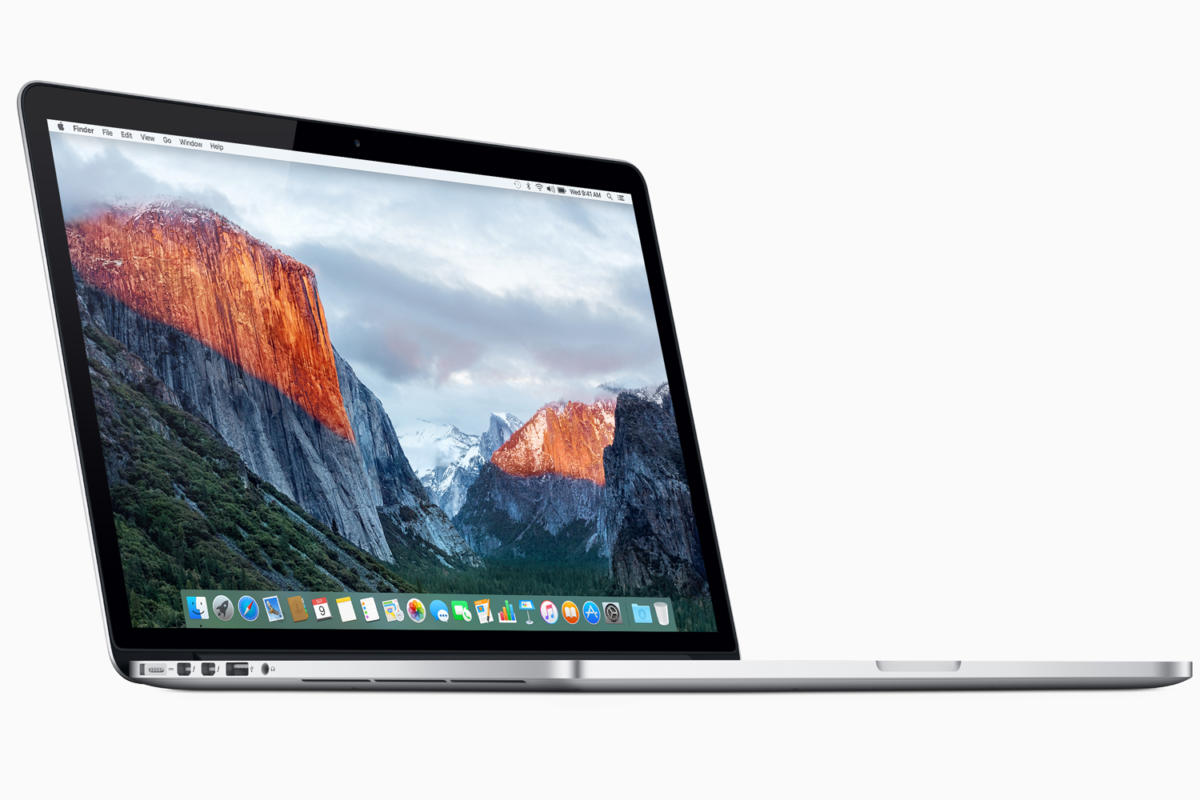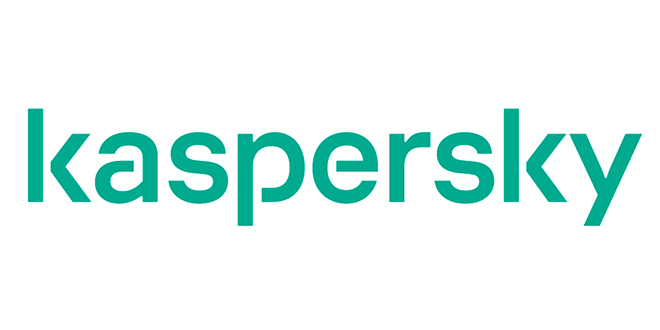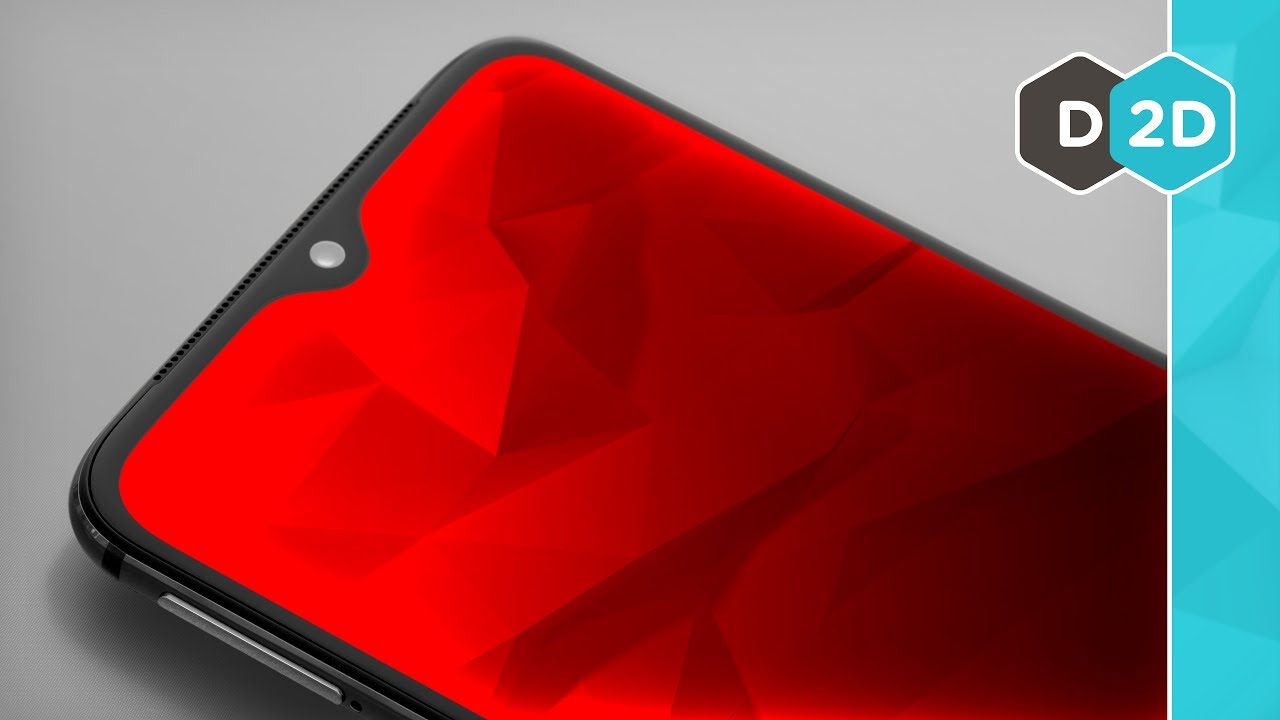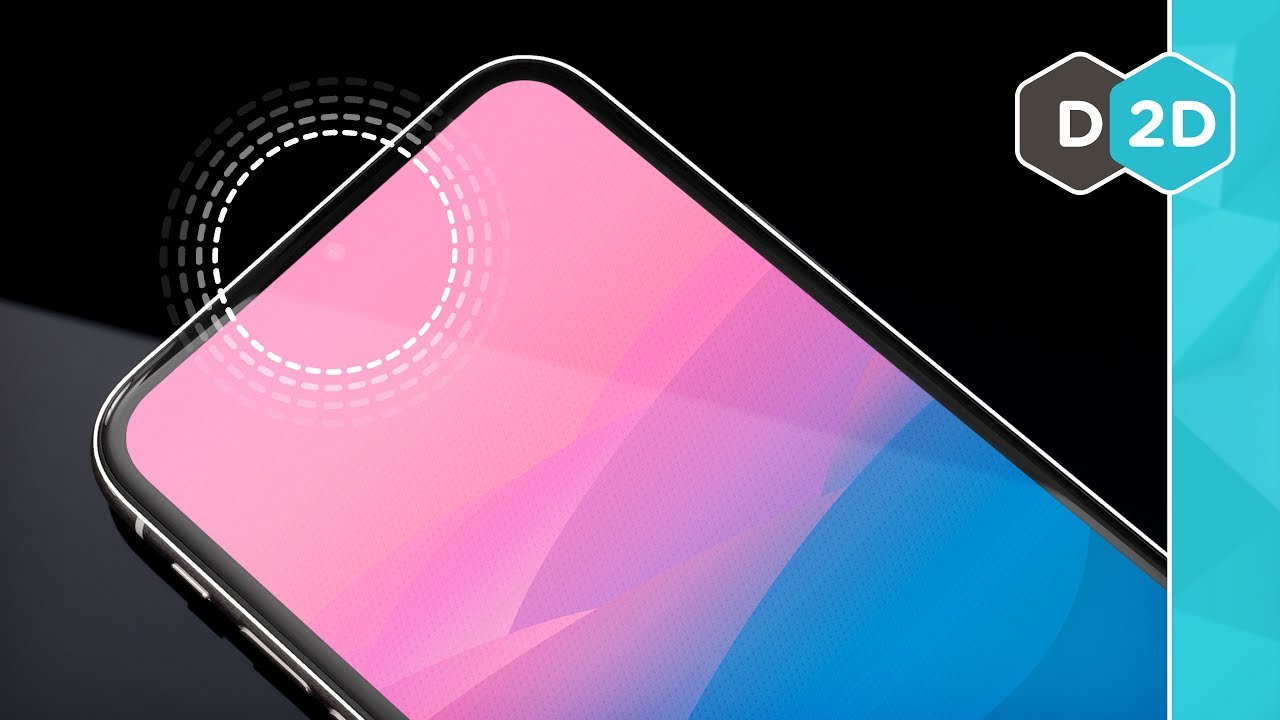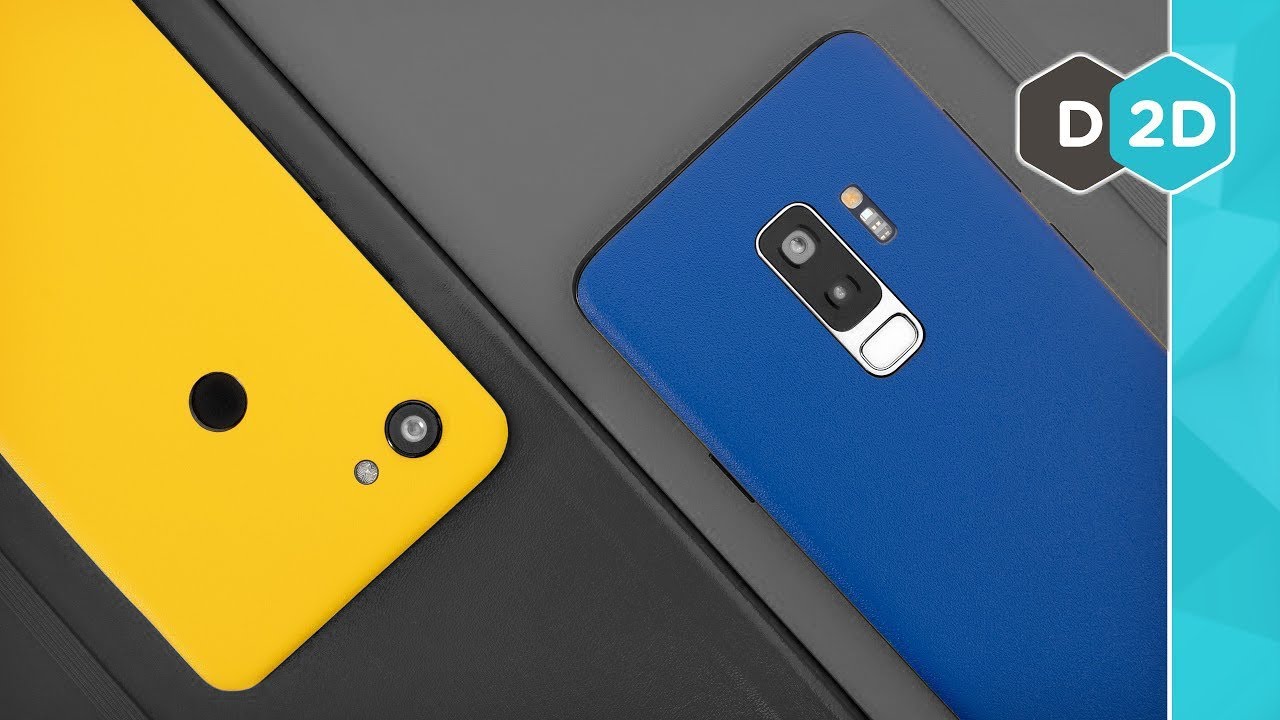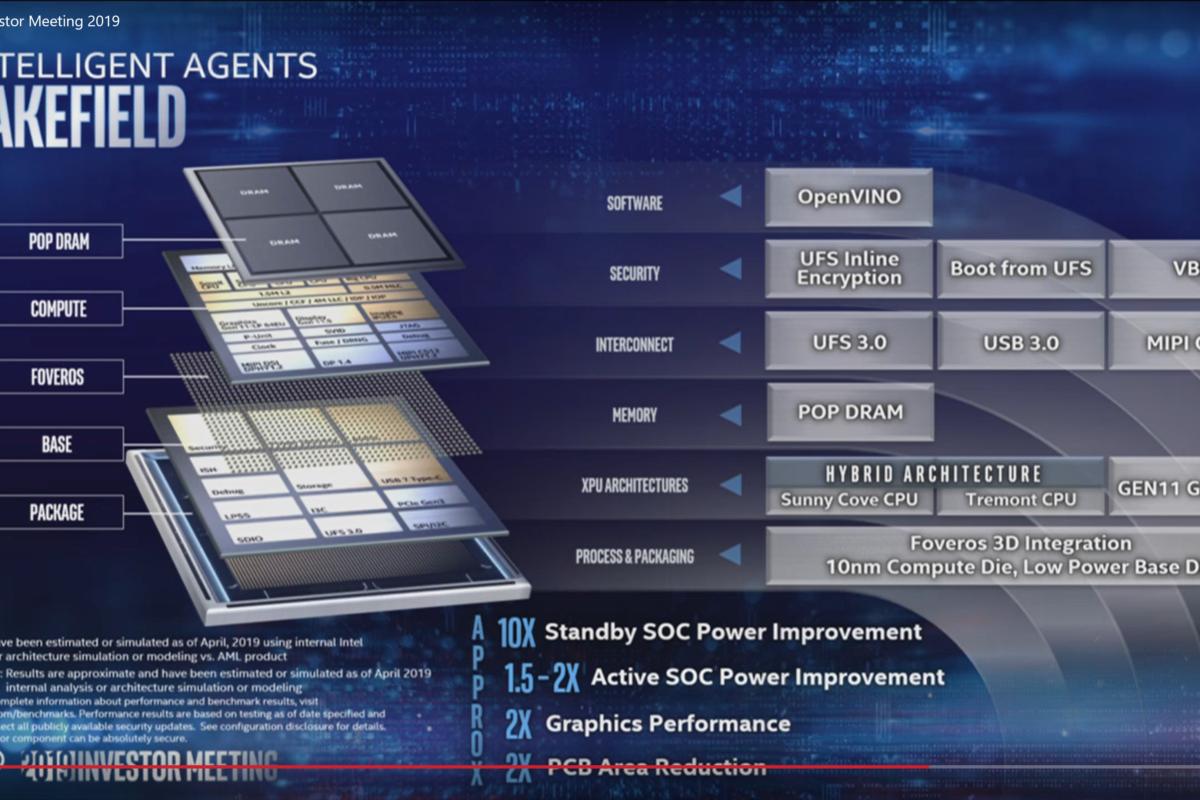
Intel’s EMIB was the basis of the Kaby Lake-G partnership with AMD. Intel’s Foveros stacked-die know-how produced the upcoming Lakefield chip. Now Intel is combining EMIB and Foveros into what it’s calling “co-EMIB,” alongside a extra superior ODI interface.
Both applied sciences will “improve product-level performance, power and area while enabling a complete rethinking of system architecture,” Intel mentioned in a weblog submit. Both characterize advances in how the chips are packaged and linked, slightly than modifications in the underlying silicon or the total microarchitecture.
It isn’t clear when both know-how shall be launched to the market, or precisely what merchandise it’ll affect. We do know, nonetheless, what EMIB and Foveros have already produced. EMIB was the basis for the groundbreaking Kaby Lake-G one-off partnership between AMD and Intel in 2017, and launched the concept of “chiplets” to the world. Foveros, for its half, is the chip-stacking know-how that shall be utilized in the upcoming Lakefield chip, which mixes stacked Atom and Core chips for low-power purposes.
Why Intel wants EMIB and Foveros
Why do we want both EMIB or Foveros? Because it’s just too costly to cram a complete system’s price of chips onto a single silicon die. Not solely can chips be manufactured extra cheaply utilizing a mixture of older silicon processes, however manufacturing defects can render that giant, monolithic die ineffective. A mess of smaller, cheaper chips—linked collectively utilizing high-speed interconnects—may be an efficient compromise. EMIB and Foveros assist allow that to occur.
The Embedded Multi-die Interconnect Bridge, or EMIB, extends a chip’s I/O pins to the I/O pins of one other chip, offering an optimized chip-to-chip interconnect that enables a chip’s package deal to lengthen throughout two dimensions with out sacrificing an excessive amount of efficiency. It’s additionally a means for a designer like Intel to lower your expenses by fabricating some logic on older, cheaper, applied sciences, whereas different cores may be manufactured on its latest, quickest 10nm course of. EMIBs can tie all of them collectively.
In 2018, Intel launched the world to its Foveros stacking know-how, which permits chips to lengthen vertically as nicely. Foveros helps designers stack a low-power CPU on prime of one other, and even prime it off with reminiscence. Intel mentioned in January that Foveros can be the interconnect that will tie Lakefield collectively, which it described in additional element in May as a mixture between its Sunny Cove and Tremont architectures.
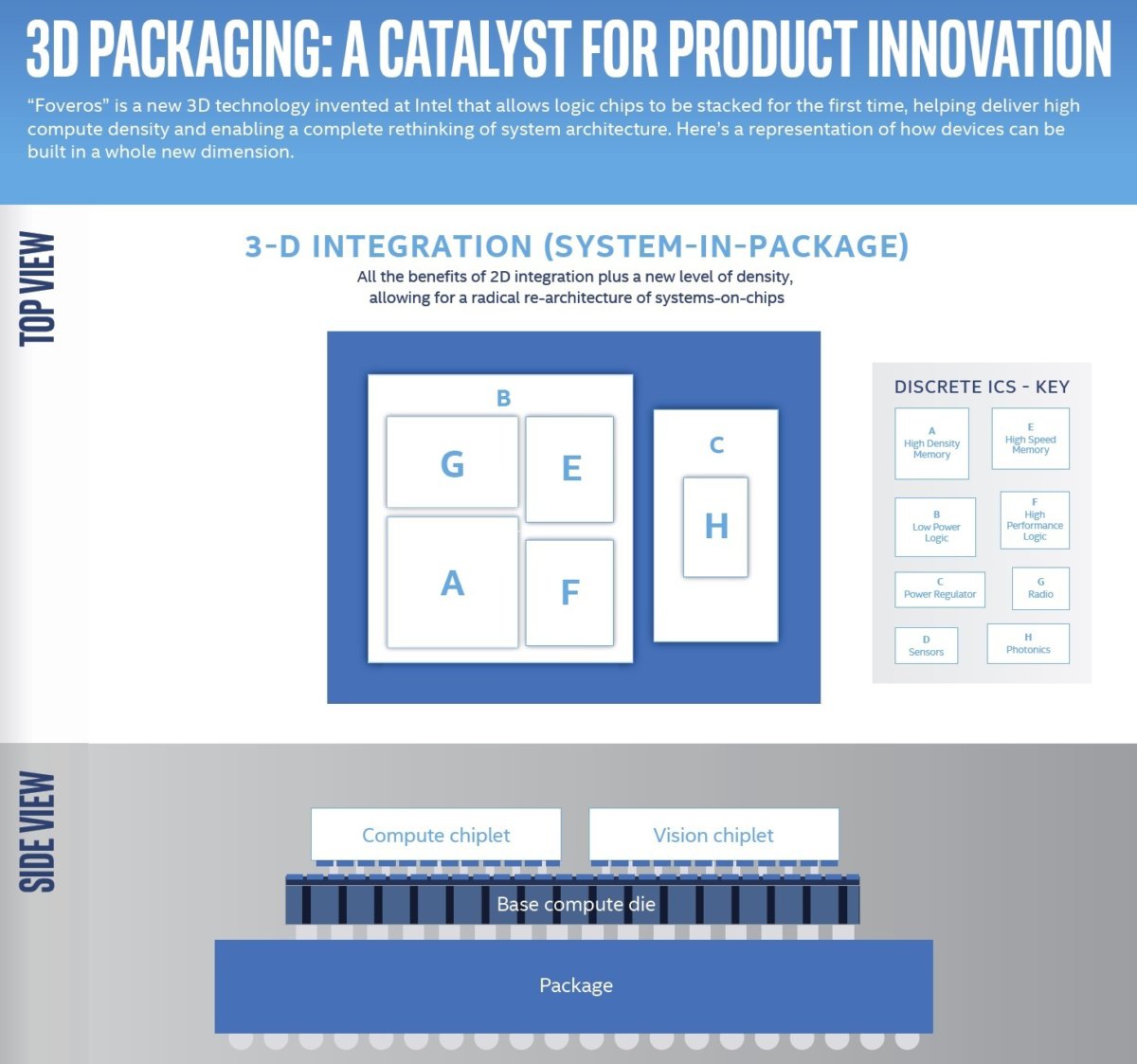 Intel
IntelIntel described how the Foveros know-how labored late final 12 months.
Co-EMIB, and ODI: Extending chips up, down, and outward
If you’ve understood how the EMIB and Foveros applied sciences work, you’ll have a greater thought of how co-EMIB combines the two. Co-EMIB permits for the horizontal interconnection of two or extra Foveros components with basically the efficiency of a single chip, Intel mentioned. It additionally permits the…
https://www.pcworld.com/article/3407802/intel-takes-the-chiplet-concept-to-the-next-level-with-co-emib-odi-connections.html#tk.rss_all


